The SAID Principle, also known as the Principle of Specificity, stands for Specific Adaptation to Imposed Demands. It states that the tissues in the canine body, such as muscles, tendons, ligaments, and bones, respond to stress by adapting and becoming stronger. These adaptations are specific to the movement patterns and muscles engaged in those patterns.

From Humans to Canines
The SAID principle, widely used in human exercise physiology, fitness, and sport training, can also be applied to our dogs. By understanding and applying the SAID Principle, we can achieve various goals including…
A. Improved sport performance
B. Reduced injury risk
C. Ensuring an old dog can get around more easily
D. Retraining a dog’s movement mechanics after an injury
E. Improving proprioceptive speed
F. Enhanced balance, and so on.
To incorporate the SAID Principle into our conditioning protocol, we just need to replicate the specific demands we are looking to improve upon.
The SAID Principle: Body + Mind
It’s important to note that the SAID principle applies not only to the body but also to the brain. As we practice specific movements, not only do the muscles become stronger, but the coordination and proprioception controlling those muscles also improve. This emphasizes the importance of both body and mind in the SAID principle. Teaching a dog to execute an exercise / movement patter is not the same as doing the exercise to the dog.
Let’s consider a Human Example
The SAID Principle manifests in various aspects of our lives, such as developing muscle control for good handwriting, mastering the skill of french braiding hair, throwing a ball accurately, executing a front cross in agility, and managing multiple tasks like using a clicker, treats, and a leash simultaneously. It is crucial to recognize that it’s the practice of SPECIFIC skills that brings about changes in both the mind and body. Engaging in unrelated activities will not have the same impact… As the muscular and neuromuscular adaptations are SPECIFIC to the practiced skills.
For instance, playing pickleball won’t improve my clicker skills, and throwing a disc won’t enhance handwriting. The changes in the mind and body are specific to the skills practiced. Similarly, exercises like “Sit Pretty” won’t significantly increase core strength in a way that positively impacts a dog’s jumping in flyball, and balancing exercises on a vibrating platform won’t directly improve balance on the dog walk. This is because the movements and muscle recruitment patterns are not similar and therefore lack SPECIFICITY. More on this down the page.
The SAID Principle for Sport Dogs

In the photo above, you can see three examples of the SAID Principle in action for a sport dog:
A. The photos on the left demonstrate how the bending of the spine during a jump wrap can be replicated by performing the Standing Side Bend exercise.
B. The photos in the middle showcase the hip and spine extension required for an accurate air retrieve in Dock Diving, which can be simulated through the Plank: Advanced exercise.
C. The photos on the right illustrate how the focused heel position can be practiced and cross-trained using the Head Nods: Beginner exercise.
Furthermore, it is essential to incorporate the SAID Principle into a sport-specific warm-up routine, which will be covered in an upcoming blog post.
When integrating the SAID Principle into a canine conditioning protocol for a sport or working dog, several factors should be considered:
1. The shapes the dog’s body assumes during different elements of the sport can be replicated through conditioning exercises.
2.The direction of forces impacting the dog’s body, such as acceleration/deceleration forces, turning forces, and bending forces, should be recreated during conditioning sessions.
3. The movements of the dog’s limbs and any specific footwork required for extension, collection, and turning should be simulated through exercises that involve forward/backward movement, side stepping, speed/gait changes, and rear-end movements related to collection.
NOTE: While general fitness activities like hiking, swimming, and running have their merits and contribute to enrichment, they do not adequately prepare a sport dog for the specific demands of work or sport. To enhance sport performance and reduce the risk of injury, it is crucial to incorporate the SAID Principle through a formal conditioning protocol like my Sport Dog Program.
The SAID Principle for Pet Dogs
The SAID Principle can also be applied to the average pet dog to enhance their quality of life, promote longevity, and reduce the risk of injury. I am not a professional athlete, but I still need to work out proactively to ensure movements in my daily life continue to be easy and comfortable long term… and to safeguard against future injuries. This involves incorporating resistance training, mobility training, and conditioning of postural muscles to ensure proper force transmission through the joints in the spine, hips, knees, and feet. Similar principles apply to pet dogs (including my own dogs) if longevity and quality of life are a priority.

In the photo above we can see three examples of the SAID Principle in action for a pet dog.
A. In the photos on the left we can see Hot Rod working on left to right symmetry. Symmetry between the sides ensures both sides are load bearing evenly, and prevents one side from becoming overloaded.
B. The middle photo shows the hip and shoulder abductors being targeted, and how Ollie wants to weight shift backward to avoid working the weak outer shoulder muscles.
C. The photo on the right shows Rob executing a Sloppy Sit, vs a Square Sit. In the Sloppy Sit, the back portion of the core (lumbar epaxials) are not engaging properly. Can you see the ‘slouchy spine’? So through an adjustment to placement of reward we were able to target those back muscles, restoring muscle balance to the core.
Combat Weekend Warrior Syndrome
It is particularly important for pet dogs to focus on postural muscles and incorporate proper alignment into their conditioning protocols. Unlike most sport dogs (hopefully), pet dogs often fall into the category of “weekend warriors” – relaxing at home during weekdays and engaging in high activity levels on weekends. Muscle balance plays a crucial role in reducing the risk of injuries and can determine whether a weekend filled with camping, hiking, swimming, or other activities is enjoyable… or results in a visit to the orthopedic or rehabilitation veterinarian. Targeting postural muscles to ensure proper muscle recruitment and muscle balance is of utmost importance for pet dogs. This is why I created my Strong Dog Program for dogs not competing in high impact sports.
The Said Principle for Senior Dogs
The SAID Principle can also be effectively applied to support the well-being of our senior dogs through life-specific exercises. Senior dogs hold a special place in my heart, as I previously specialized in working with seniors and individuals recovering from injuries in the human fitness field. Just as fitness programs focused on posture, simple exercises, and proper alignment could transform the lives of humans, implementing an age-appropriate canine conditioning protocol for senior dogs can have a similar impact. This approach can significantly improve the quality of life, promote mobility, reduce pain, and build the overall confidence of our super seniors! They deserve this level of care and attention!
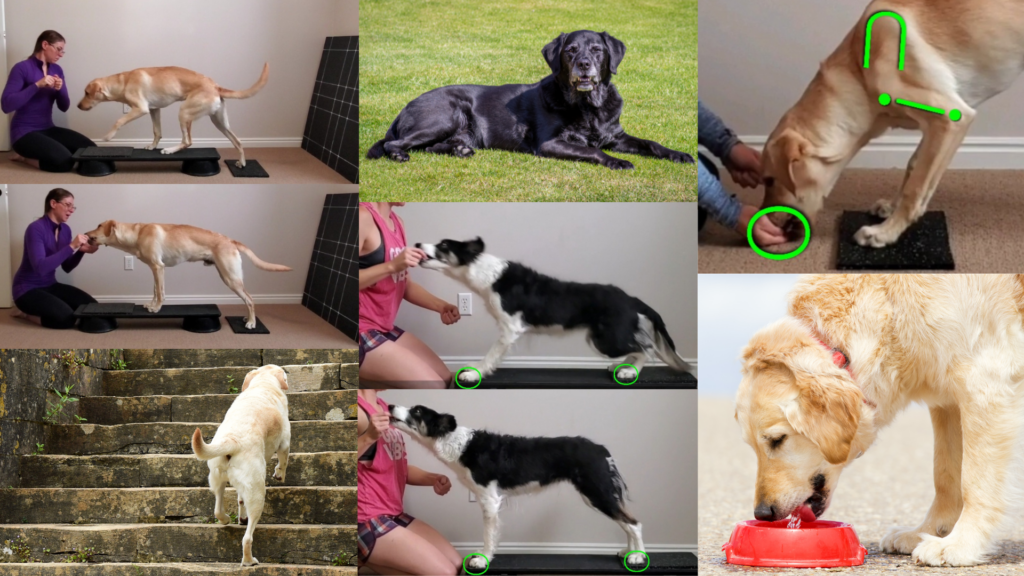
Consider the photo above. We can enhance the quality of life for senior dogs and target weak muscles by leveraging the SAID Principle for senior dogs in the following ways:
A. Simulating movement patterns that are typically challenging for senior dogs, such as climbing stairs, as depicted in the series of photos on the left.
B. Practicing smooth transitions from one position to another, such as from lying down to standing, as shown in the middle series of photos. This exercise improves strength in global movers and local stabilizers, which are responsible for balance and stability.
C. The photo on the right demonstrates the Head Nods: Beginner exercise, which involves flexing and extending the elbow and shoulder to easily reach the food or water bowl. By frequently moving a joint within a reasonable range, we stimulate the joint capsule to produce more synovial fluid, crucial for joint lubrication. This is particularly important for the forehand, as dogs carry 60% of their weight in that area.
Exercises following the SAID Principle can be implemented in the training room, in a low arousal setting, and gradually increased in intensity to avoid overexertion or creating additional problems for our senior dogs. If you’re looking for more specific guidance to this end, check out my Senior Dog Program. It gives you everything you could need to keep a senior dog, safe, happy, and enjoying their golden years.
Why can’t we just start with the sport-specific stuff?

Good question! It sure is tempting to start a canine conditioning protocol with sport-specific exercises that follow the SAID Principle. Let’s get going with the flashy stuff already!! But in order for long-term gains to be made, FIRST, we have to lay a solid foundation and a strong reward history with simple movement patterns. THEN we can layer these foundation movement patterns together. LASTLY, we can get fancy, adding plyometric speed and complexity. This strategy is seen throughout all dog sport training (or should be).
Here’s the technical reason why… So you’re not just taking my word for it.
Neuromuscular Re-education

The brain works similarly to how water carves a groove through a stone. A drop of water dripped onto a stone rolls down the side, following the path of least resistance. With each drip that follows that same pathway, the pathway is worn slightly deeper. This further increases the chances of the next drip following the same path… until a deep groove (like the Grand Canyon) is worn. Once this deep groove is worn, the drip has almost no chance of following any other pathway because of the depth of the groove.
This is how movement habits are formed in humans as well as canines. Each time a movement happens in a particular way (using a particular subset of muscles), a neuromuscular connection, called an engram, is made. Each time that neural pathway is followed, it is strengthened, making it more likely to be selected, and as a result, strengthened in the future. This is how we create automatic movement patterns, which can happen without us even thinking about it.
Breaking these movement habits is quite difficult because we have worn a deep groove in our nervous system and primed our neuromuscular system to respond in this very practiced way. Breaking movement habits requires intentional intervention. We have to STOP the nerve impulse from traveling down the deeply grooved pathway and redirect it down a different pathway. This can ONLY happen by being intentional. Then, we have to continue practicing sending the nerve impulse down the new pathway until it is more deeply grooved than the original path.
This is called neuromuscular reeducation. And this is the way we can influence our dog’s movement patterns, improve posture (which is really muscle balance), and ensure proper muscle recruitment. All of which decreases the risk of injury long-term and helps us get the most out of our dogs. Interested in learning more? Check out the Neuromuscular Re-Education blog post I wrote!
Just Because you CAN Doesn’t mean you SHOULD
Please remember the canine fitness industry is completely unregulated. Sometimes even credentialed fitness and rehab practitioners do not follow best practice. The SAID Principle can, and SHOULD be extrapolated out into all targeted fitness and rehab training protocol.
Like any movement or behavior in dog training (or human training), we MUST first start with simple movements, implemented slowly, in a low-stress/low-arousal environment, with a very high rate of reinforcement if we have any hope of making a change. This is why…
- STABLE before UNSTABLE
- ISOLATED before INTEGRATED, and
- STATIC before DYNAMIC are so important.
If the goal is a precise, specific, predictable result, the foundation that is laid MUST be solid. Think back on any dog training skill that had a shaky foundation… Any behavior built on top of it will also be shaky. And conditioning exercises following the SAID Principle are no exception.
Canine Fitness Exercises that DO NOT follow the SAID Principle
- Using “Sit Pretty” to strengthen the abdominals. (Side note, Sit Pretty is NOT a functional exercise. Click here to find out why.)
- Walking on peanut mountains to build core strength.
- Slack lines.
- Using flirt pole / spring pole incorrectly.
- Doing Sit to Stand on an unstable surface to build jumping power.
- Walking through cavaletti poles with rails set higher than elbow height.
- Crawling under cavaletti poles (unless a SAR or SD dog needs to crawl for some reason).
- Using hiking, biking, and swimming as sport preparation.
- Swimming for hip/elbow dysplasia
- Climbing on kid’s jungle gym apparatus (except in the case of SAR dogs).
- Walking on the rear legs only / “Dance”.
- Handstands.
- “Roll Over” for core strengthening.
- Executing ANY exercise with poor alignment / without considering form.
SAID Principle: Summary
A. The canine body adapts to the SPECIFIC demands it is exposed to.
B. In order to have a positive impact on the dog’s sport, work, play, or life, a conditioning protocol must simulate those demands.
C. The shape the dog’s body is making in sport, work, or life must be considered, as does the direction of the forces.
D. The SAID Principle also applies to the neuromuscular connection between mind and body and can improve coordination and proprioceptive speed.
E. This principle applies to all dogs from puppies to pets and sport dogs to seniors.
F. But we can’t start with the fancy stuff. The time we spend on laying a solid foundation in skills and execution will pay off big time in the end.
Have questions? Comments? Need clarification? Drop me a comment below!

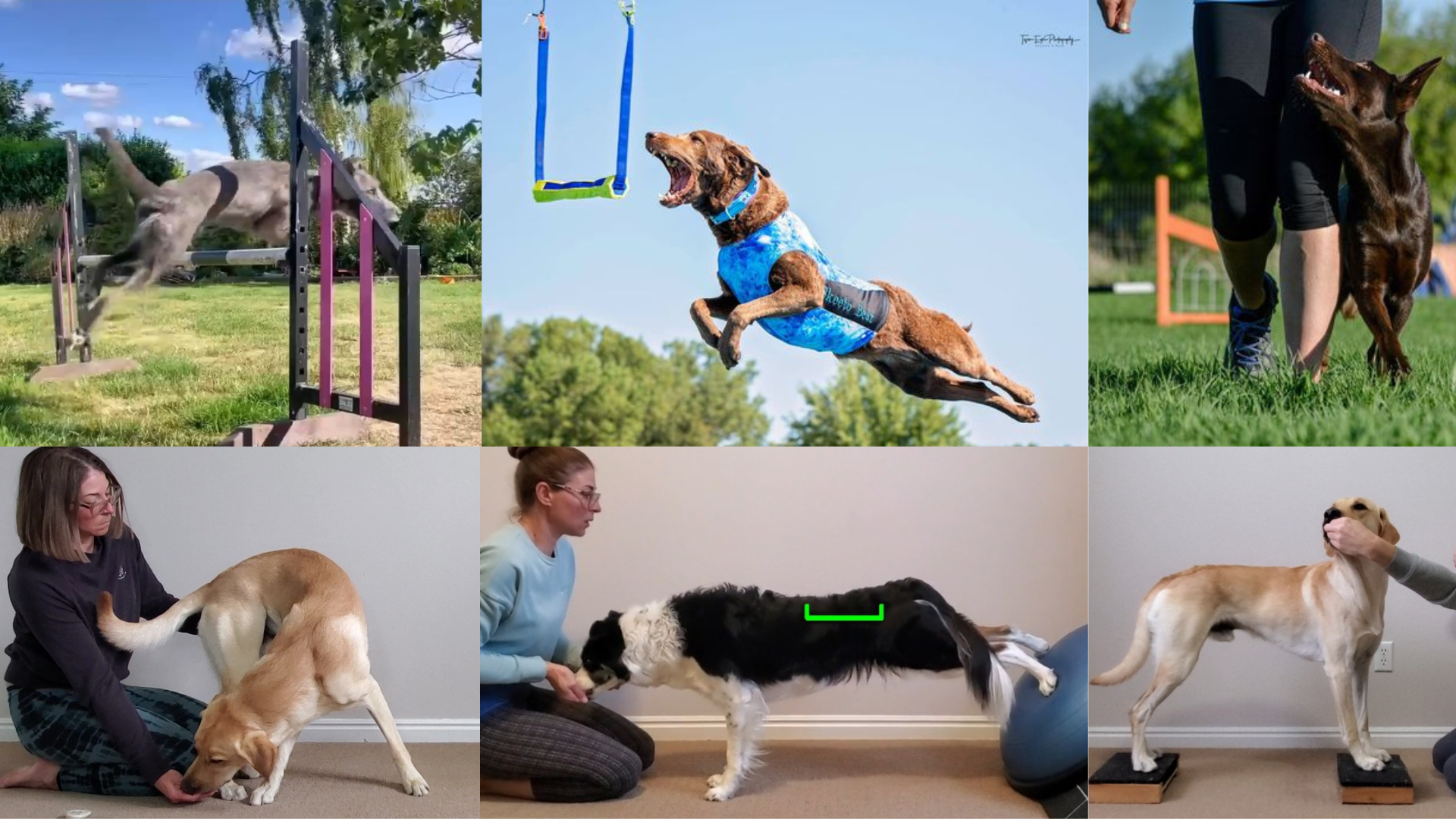
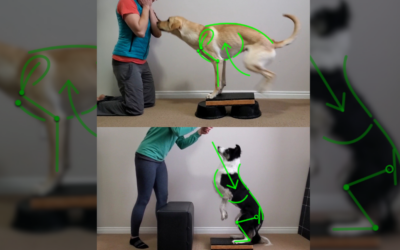
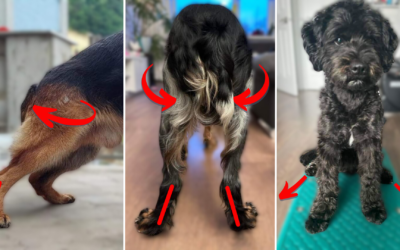
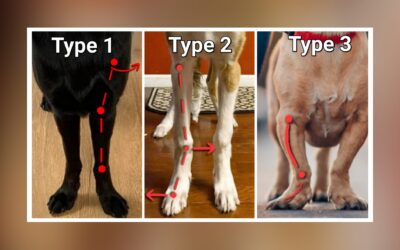
I will study this article all summer. Thank you for sharing your brainball with us 🙂 Kristie, Coop and Driver
Hey Kristie!! I’m so glad you found this post helpful!! There’s a lot in here! So plenty to look over, and revisit!!
Thankyou! This all makes so much sense. I particularly love the analogies and the images demonstrating the principles.
Hey Michelle!
I’m so glad that came across!! Seeing the different shapes side by side make such a big impact!!
So much to understand, learn and apply!!😉
Thank you Anna for sharing and reinforcing the importance of SAID when we implement our conditioning programs. 🙏🙏
Hey Glenys!
I’m so glad you enjoyed the post! I do think it’s a commonly ‘glossed over’ concept. Functionality of an exercise is so important when determining if it is appropriate for a dog or a dog within a particular population!!
Fabulous blog post so well explained. Thank you!
Thanks for commenting Rachel!! And I’m so glad you found the post helpful! It was kind of a long one that got a bit technical… So I’m glad to know it was well received 🙂